Frequently Asked Questions and Resources
Responses to some frequently asked questions from educators that help interpret Canada’s food guide.
Yes. Foods and beverages that used to be in the “Milk and Alternatives” food group, such as milk, yogurt, cheese and fortified soy beverages, are still a part of Canada’s food guide. These foods are now listed under “protein foods”. These foods and beverages are important sources of calcium and some contain vitamin D—key nutrients that children often do not get enough of. Calcium and vitamin D-rich foods (such as milk and fortified soy beverage) are an important part of a balanced diet.
Teaching Tip: Use activities that explore a variety of foods from the protein foods grouping, including milk, other dairy products and fortified soy beverages. For grade-specific lessons and activities related to this topic see the “Water and Other Beverages” and “Protein Foods” lessons.
Most foods featured in Canada’s food guide come from plants, including vegetables, fruit, whole grains, lentils, beans, nuts, and seeds and contribute to a nutrient-rich eating pattern. However, promoting plant-based foods does not exclude animal-based foods. Canada’s food guide recommendations also include nutrient-rich meat and dairy foods.
Teaching Tip: Many different foods can be an important part of students’ social, family, traditional and cultural experiences and can contribute to their nutritional needs. As students may have different levels of familiarity with plant-based foods, neutral exposure and exploration can be a great place to start building their comforts and skills related to a variety of plant-based foods. For grade-specific lessons and activities related to this topic see the “Vegetables and fruits”, “Whole grains foods” and “Protein foods” lessons.
Canada’s food guide no longer includes recommendations for serving sizes or the number of servings for foods. Instead, Canada’s Food Guide Plate focuses on the inclusion of a variety of foods (using key messages such as having plenty of vegetables and fruits, choosing whole-grain foods, eating protein foods, and making water your drink of choice) and mindful eating. The amount and type of food eaten will vary from day to day and from person to person.
Teaching Tip: Guiding Principle 2: explores the specific roles adults and children/students have in feeding and eating. You can support students in their roles by:1. Trusting students to listen to their body’s internal hunger cues to determine whether and how much to eat. 2. Offering the opportunity to explore a variety of foods at school in a pressure-free way, without focusing on amounts or eating foods in any particular order. 3. Avoid using Canada’s Food Guide Plate to tell students how much they should eat of any food at any given meal or snack. For grade-specific lesson plans related to this topic see “Mindful eating” lessons.
Canada’s Food Guide Plate is a colourful visual that emphasizes its key messages of having plenty of vegetables and fruits, choosing whole grain foods, eating protein foods and making water your drink of choice.
The plate visual is not meant to be prescriptive and does not show all foods that can contribute to a nutrient-rich eating pattern. In fact, the plate visual is only a small part of Canada’s food guide. There is also an online suite of resources including a website, recipes, and videos to support Canadians in making food choices that meet their individual needs.
A big part of Canada’s food guide focuses on how eating is more than just the foods we eat. It also emphasizes the importance of taking time to eat, using your senses to experience the aromas, textures, flavours and taste of foods, cooking more often, enjoying your food, including culture and tradition, and eating with others.
Teaching Tip: While Canada’s Food Guide Plate may be a great visual, the food patterns encouraged within the new online guide are flexible and diverse. For grade-specific lessons and activities that explore Canada’s Food guide message of how “eating is more than just the foods you eat” see “More than food”, “Enjoying food”, “Cooking together” and “Eating Together” lesson plans.
Culture and tradition, enjoyment of food, and eating with others, are recognized as important parts of eating in Canada’s food guide. Cultural and traditional foods contribute to healthy eating patterns and the enjoyment of eating by creating a sense of community and fostering connections.
Teaching Tip: Explore with students the foods that play an important role in their culture, family traditions and celebrations. There are a number of lessons related to culture and traditions in this toolkit, including Traditional First Nations Foods lesson plans developed in partnership with Indigenous Knowledge Keepers. Consider connecting to your school district’s Indigenous Education team to support the further application of the BC curriculum’s First Principles of Learning and First Nations Perspective on Health and Wellness in your classroom.
Students and their families have diverse circumstances and experiences so availability and access to food may look different to each of your students. Household food insecurity, the insufficient access to food due to financial reasons, is a serious problem across Canada. In BC, 12.4% of households experienced household food insecurity in 2017-2018. Food insecurity is more likely to occur in households with children, with low incomes, single-parent families, those who rent rather than own their housing, and those who identify as Indigenous or Black. Read more about work being done to address the social and economic circumstances that contribute to household food insecurity at What We Heard About Poverty in BC and Food Policy for Canada.
Teaching Tip: Include frozen, canned, dried, and in-season foods as examples of (often lower cost and/or more accessible) food you explore with students in the classroom. Meal planning is a skill that can be taught to older students, but ultimately adults are mostly responsible for grocery shopping and feeding at home. There are many factors, including food insecurity, that impact the food choices families are making. To learn more about roles of adults and children/students in feeding and eating see Guiding Principle 2.
Telling students to eat less of certain foods or using labels such as “treats” or “junk” can increase students’ interest and intake of these foods when they become available. It also communicates to students that some foods are “good” and some are “bad” which can lead to feelings of shame or guilt.
Additionally, there are many factors that play a role in what students eat at school and at home, most of which are not in their control, including accessibility, affordability, family contexts and supports, and cultural background. A more useful approach to food and nutrition education is to focus on exploring and providing exposure to different types of foods and ways of eating. In addition, schools can be important role models by aiming to offer nutritious options in the classroom, school food programs, vending machines, and at special events.
Teaching Tip: Instead of teaching “limit” or “avoid” messages to students focus on food exploration and exposure to different types of foods promoted in Canada’s food guide. All foods can be described using their real names (e.g., cookies, chips, cake) instead of “treats” or “junk”. If using rewards, aim for non-food rewards in your classroom – this prevents sending the message that some foods are more desirable than others. If you are concerned about omitting messages about limiting certain foods or nutrients, know that helping children feel more comfortable with identifying and preparing a variety of foods will have the biggest impact on eating patterns overtime.
To learn more: Talking and Teaching about Food and Nutrition with Students and Is Sugar Unhealthy for Children? (VCH)
Canada’s food guide suggests using food labels to compare and make choices between two similar food or beverages options. Food labels are also important for ensuring foods are safe for people with allergies. However, using food labels to make food choices when grocery shopping and preparing meals is typically a parent or caregiver role.
Teaching Tip: Based on the stages of development, it is not recommended to teach food labels to students until at least grade 6. With older students, explore labels and create opportunities to neutrally discuss what they know about food labels. For example, Do all foods have labels? Does having a label make a food more nutrient-rich? How do food labels help people with food allergies?
To learn more: See the following resources
- Suggested Answers to Common Food & Nutrition Questions from Students Download
Additional resources and websites to support educators as well as food-related activities for the classroom.
Enter preferred category or keywords to start your search

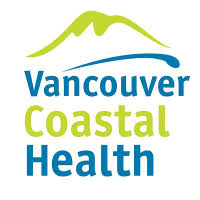
Vancouver Coastal Health Supporting Healthy Eating at School page

Trauma-Informed Nutrition

Supporting Healthy Eating at School
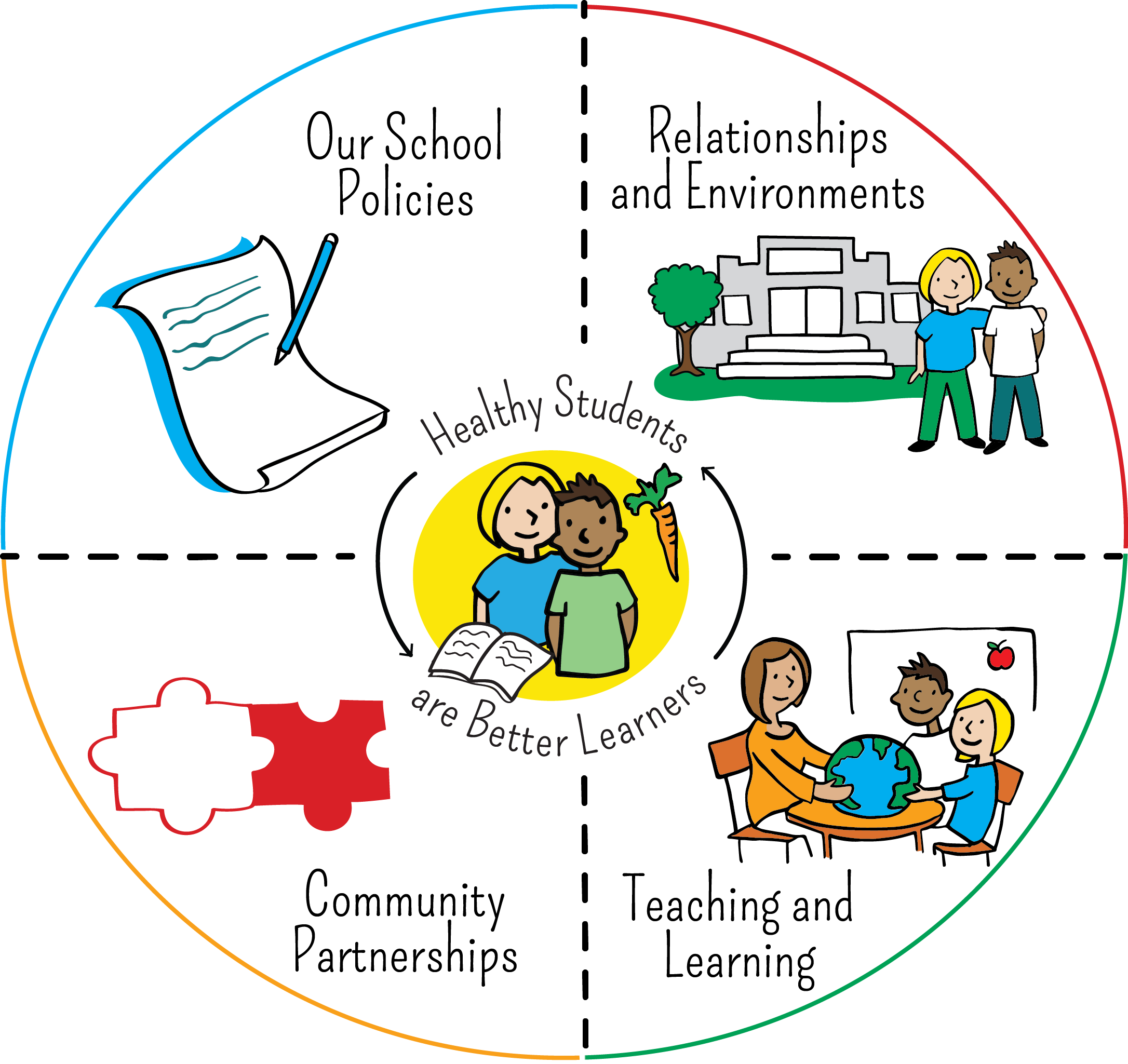
Promoting Positive Body Image Through Comprehensive School Health

Northern Health Healthy Eating at School page

Mental Health and Weight Bias in Schools
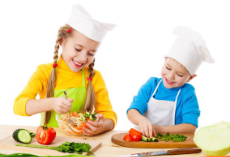

Is Sugar Unhealthy for Children?
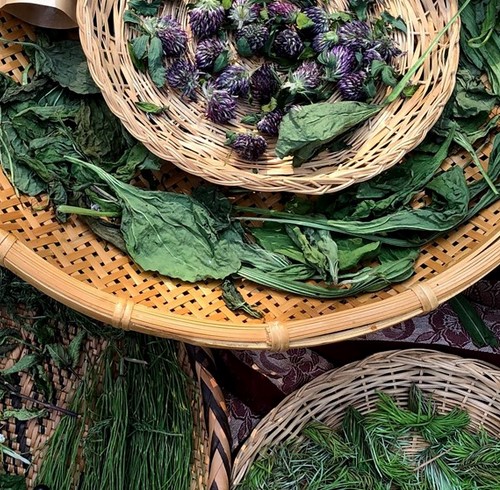
Indigenous Foodscapes
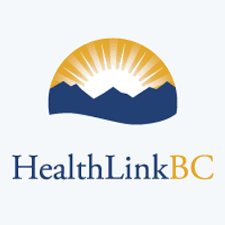
Healthy Eating for Schools
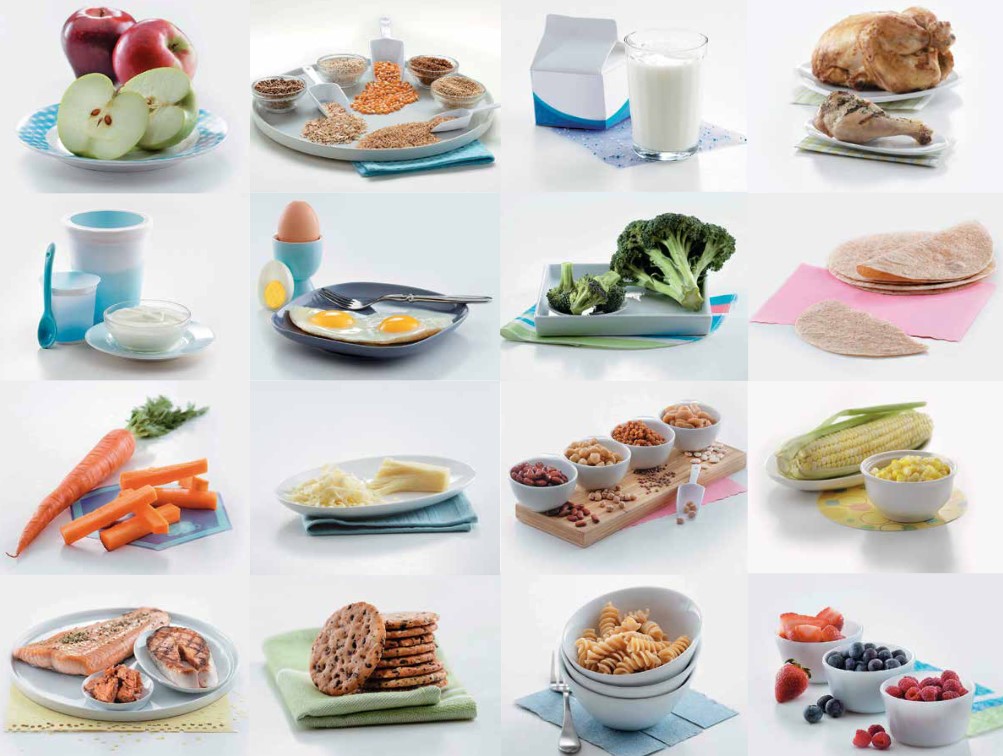
Food Picture Cards

Finding Reliable Healthy Eating Information on the Internet
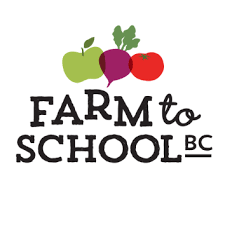
Farm to School BC
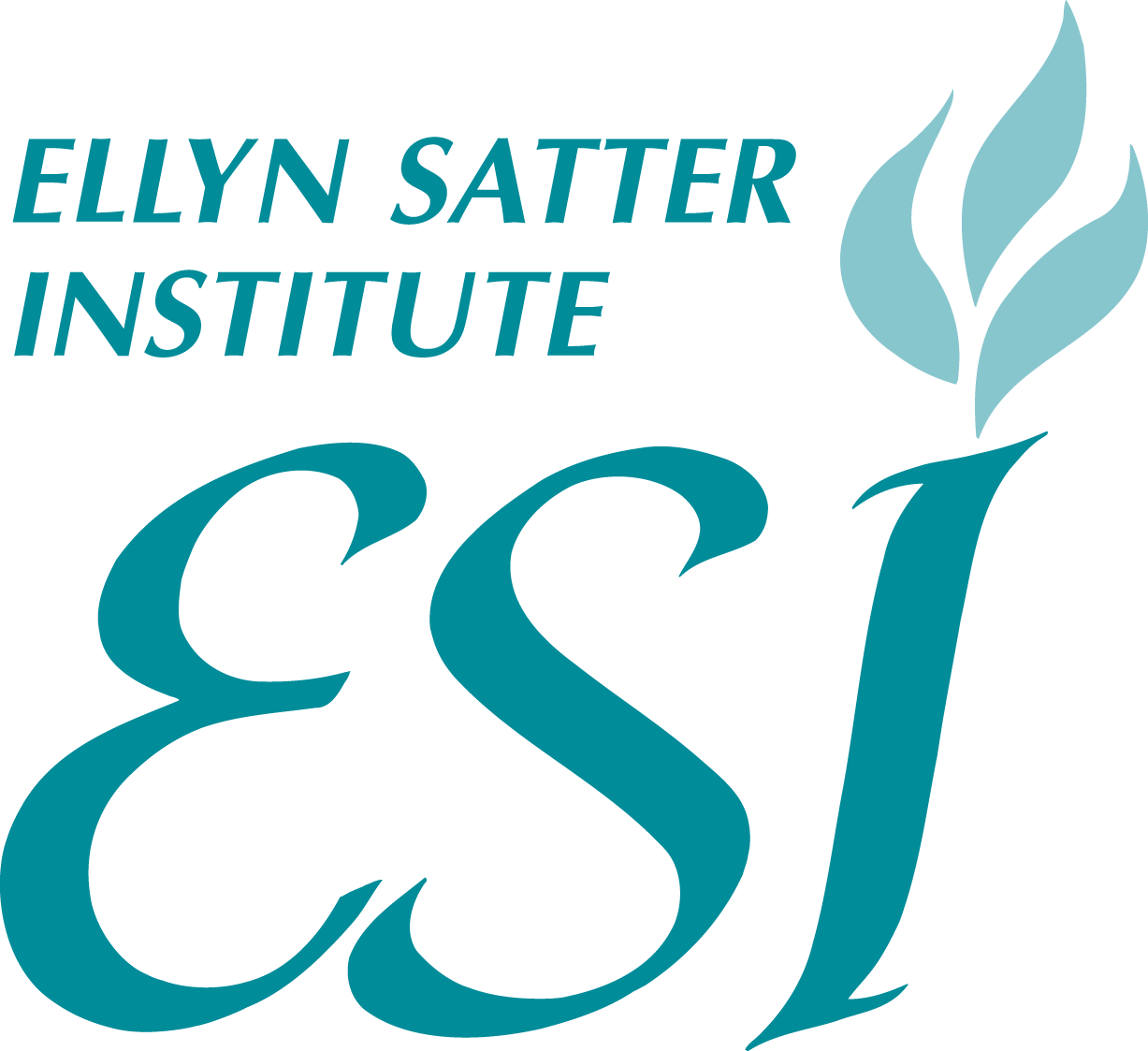
Evaluation Rubric ecSatter

Connecting around Food During COVID-19: Child-centered nutrition education and home learning opportunities
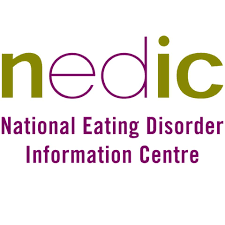
Beyond Images

What's In a Mixed Dish? Online Learning Activity
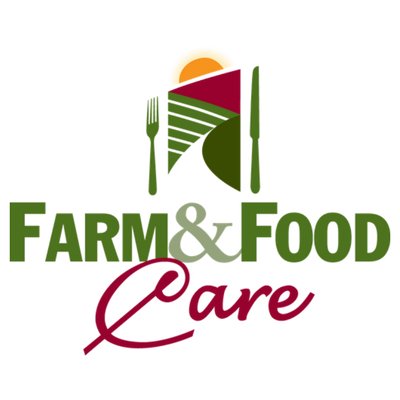
Virtual Trout Farm Tour

Science First Peoples: Teacher Resource Guide

One of these Foods is Not Like the Other Online Learning Activity
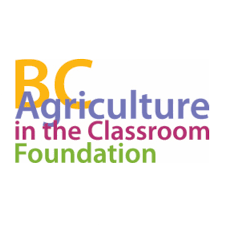
My Class A to Z Agriculture Book

Math Peoples: Teacher Resource Guide
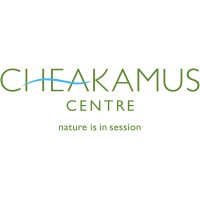
Maple Tapping with Chef Wade
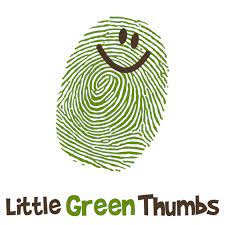
Little Green Thumbs

Leavening Activity
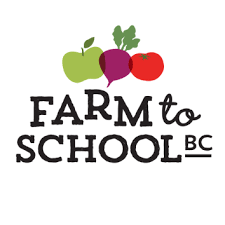
Growing Outside: School Gardens

Fruity Flavoured Water

Food Waste Audit with Waste Audit Template

Food Find
Enter preferred category or keywords to start your search


Vancouver Coastal Health Supporting Healthy Eating at School page

Trauma-Informed Nutrition

Supporting Healthy Eating at School

Promoting Positive Body Image Through Comprehensive School Health

Northern Health Healthy Eating at School page

Mental Health and Weight Bias in Schools


Is Sugar Unhealthy for Children?

Indigenous Foodscapes

Healthy Eating for Schools

Food Picture Cards

Finding Reliable Healthy Eating Information on the Internet

Farm to School BC

Evaluation Rubric ecSatter

Connecting around Food During COVID-19: Child-centered nutrition education and home learning opportunities

Beyond Images

What's In a Mixed Dish? Online Learning Activity

Virtual Trout Farm Tour

Science First Peoples: Teacher Resource Guide

One of these Foods is Not Like the Other Online Learning Activity

My Class A to Z Agriculture Book

Math Peoples: Teacher Resource Guide

Maple Tapping with Chef Wade

Little Green Thumbs

Leavening Activity

Growing Outside: School Gardens

Fruity Flavoured Water

Food Waste Audit with Waste Audit Template
